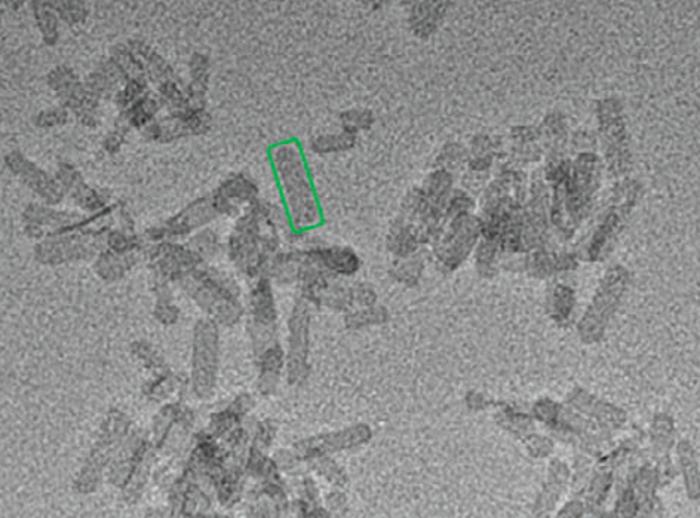Researchers at Griffith University have developed innovative, eco-friendly quantum materials that can drive the transformation of methanol into ethylene glycol, an important chemical used in the production of polyester (including PET) and antifreeze agents. The global production of ethylene glycol exceeds 35 million tons annually and is currently mainly produced from petrochemicals through energy-intensive processes.
The Griffith team’s method, led by Professor Qin Li, uses solar-driven photocatalysis to convert methanol into ethylene glycol under mild conditions. This process harnesses sunlight to drive chemical reactions, minimizing waste and maximizing the use of renewable energy.
Novel Material Combines Carbon Quantum Dots with Zinc Selenide Quantum Wells
While previous attempts at this conversion have faced challenges, such as the need for toxic or precious materials, Professor Li and the research team have identified a greener solution. They have created a novel material that combines carbon quantum dots with zinc selenide quantum wells.
“This combination significantly enhances the photocatalytic activity more than four times higher than using carbon quantum dots alone, demonstrating the effectiveness of the new material,” said Lead author Dr Dechao Chen.
The approach has also shown high photocurrent, indicating efficient charge transfer within the material, which is crucial for driving the desired chemical reactions. Analyses confirmed the formation of ethylene glycol, showcasing the potential of this new method. It’s worth noting that the by-product of this reaction is green hydrogen.
Paving the Way for Sustainable Chemical Production and Further Advancements
This discovery opens up new possibilities for using eco-friendly materials in photocatalysis, paving the way for sustainable chemical production. As a new quantum material, it also has the potential to lead to further advancements in photocatalysis, sensing, and optoelectronics.
“Our research demonstrates a significant step towards green chemistry, showing how sustainable materials can be used to achieve important chemical transformations,” Professor Li said. “This could transform methanol conversion and contribute significantly to emissions reduction.”
Methanol can be produced sustainably from CO2, agricultural biomass waste, and plastic waste through various methods such as hydrogenation, catalytic partial oxidation, and fermentation. As a fuel, methanol also serves as a circular hydrogen carrier and a precursor for numerous chemicals.
The findings, titled ‘Colloidal Synthesis of Carbon Dot-ZnSe Nanoplatelet Vander Waals Heterostructures for Boosting Photocatalytic Generation of Methanol-Storable Hydrogen,’ have been published in the journal Small.
For more information, explore the following resources:


